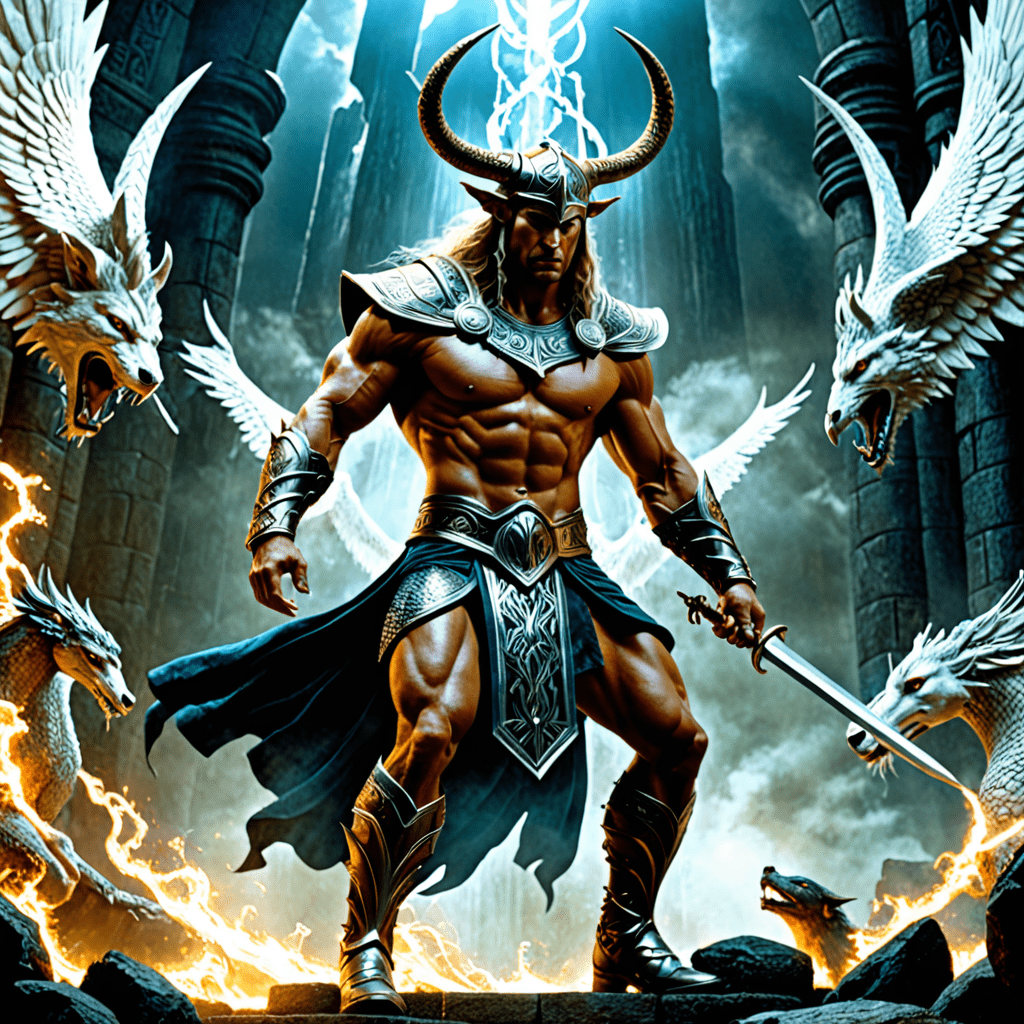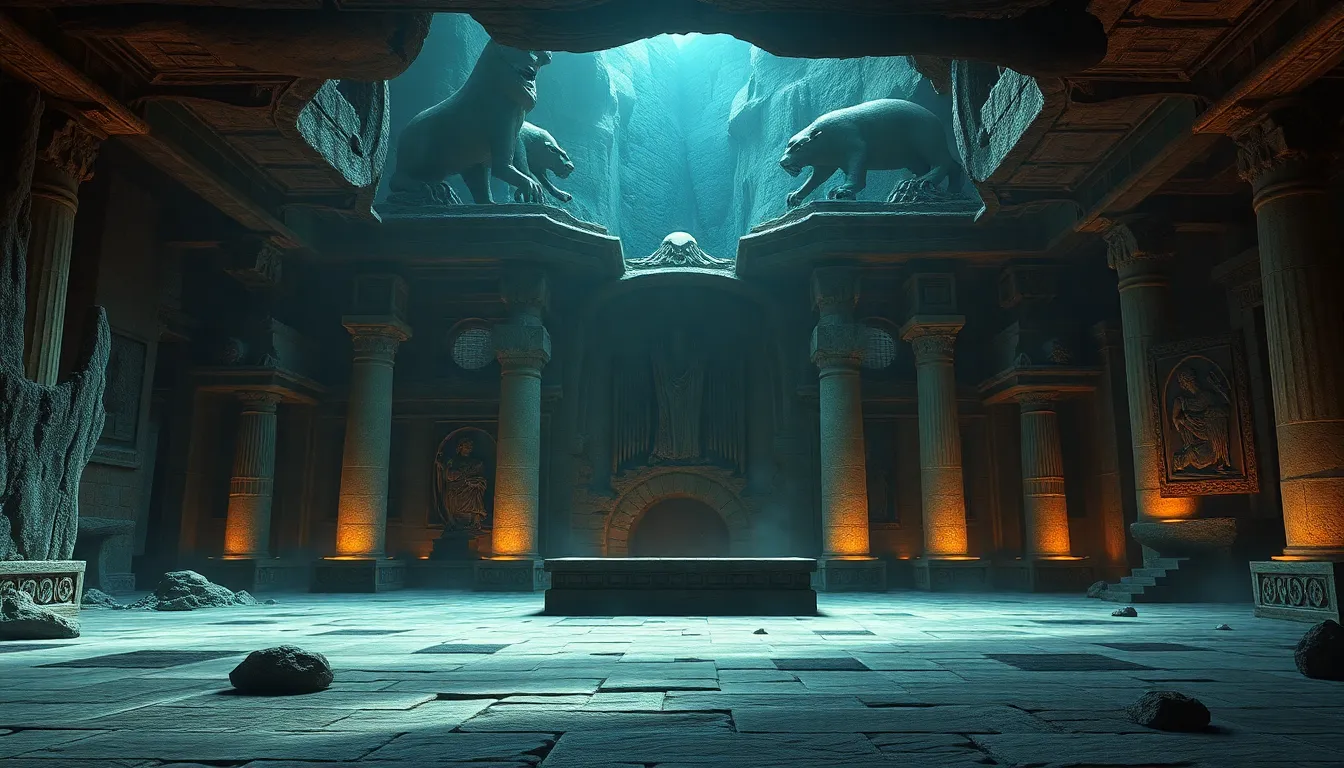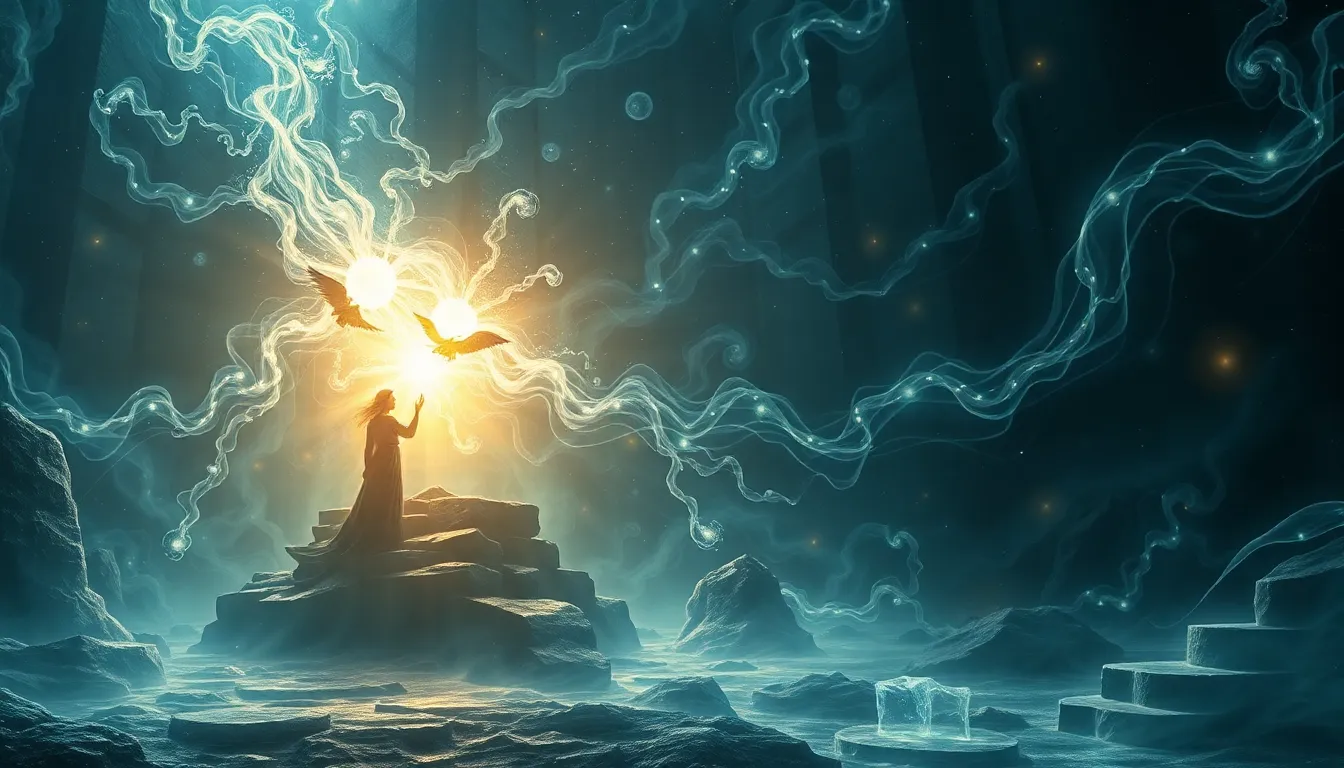The Most Iconic Myths of Ancient Deities and Their Adventures
Introduction to Ancient Myths and Deities
Myths serve as the bedrock of many cultures, providing explanations for the natural world, human behavior, and societal norms. They are narratives that intertwine the divine with the mortal, often featuring gods and goddesses who embody various aspects of life. Ancient deities from different civilizations not only reflect the values and beliefs of their cultures but also illustrate humanity’s quest for understanding beyond the material realm.
Across civilizations, from the Greeks to the Egyptians, the stories of these deities have shaped art, literature, and religious practices. They provide insight into the ancient world, revealing how societies viewed their place in the universe and the forces that governed their lives.
The Pantheon of Greek Gods: Titans to Olympians
The Greek pantheon is one of the most complex and well-documented in history, consisting of a multitude of gods and goddesses who ruled various aspects of existence. It begins with the Titans, powerful deities who preceded the Olympians, and culminates in the reign of the twelve main gods who resided on Mount Olympus.
- Zeus: King of the gods and god of the sky.
- Hera: Queen of the gods and goddess of marriage and family.
- Poseidon: God of the sea and earthquakes.
Each deity held dominion over specific elements of life, from love and war to wisdom and agriculture, providing a comprehensive understanding of the Greeks’ worldview.
The Epic Adventures of Zeus: King of the Gods
Zeus, the mightiest of all Greek gods, is known for both his powerful rule and his tumultuous personal life. His adventures are legendary, including epic battles and romantic escapades.
One of the most significant myths surrounding Zeus is the Titanomachy, the epic war between the Titans and the Olympians. This conflict led to the defeat of the Titans and the establishment of Zeus as the supreme deity.
Another noteworthy tale is the birth of Athena, who sprang fully grown from Zeus’s forehead after he swallowed her pregnant mother, Metis. This myth illustrates themes of wisdom and strategy, qualities that Athena would later embody.
Zeus’s numerous romantic pursuits, often resulting in numerous offspring, had lasting effects on both mortal and divine realms, leading to tales of both heroism and tragedy across Greek mythology.
The Trials of Hercules: A Hero Among Gods
Hercules, known for his strength and valor, is one of the most celebrated heroes in Greek mythology. His story is particularly marked by the Twelve Labors, a series of seemingly insurmountable tasks imposed upon him as penance.
- Slay the Nemean Lion
- Slay the nine-headed Lernaean Hydra
- Capture the Golden Hind of Artemis
- Capture the Erymanthian Boar
- Clean the Augean Stables in a single day
- Slay the Stymphalian Birds
- Capture the Cretan Bull
- Steal the Mares of Diomedes
- Obtain the Girdle of Hippolyta
- Obtain the Cattle of Geryon
- Steal the Apples of the Hesperides
- Capture Cerberus, the three-headed dog
Each labor tested Hercules’s strength, intelligence, and resilience, ultimately establishing him as a symbol of perseverance and human potential in the face of adversity.
Norse Mythology: Odin, Thor, and the Ragnarok Prophecy
Norse mythology is rich with tales of gods, giants, and heroes, centered around a pantheon that includes prominent figures like Odin and Thor. Odin, the Allfather, is associated with wisdom, war, and death, while Thor, his son, is the god of thunder and protector of mankind.
Thor’s adventures, particularly those involving his mighty hammer, Mjölnir, are legendary. His battles against giants and monsters not only depict his physical strength but also his role as a protector of both gods and humans.
The prophecy of Ragnarok, a series of events leading to the end of the world, involves a climactic battle that sees the death of many gods, including Odin and Thor. This myth emphasizes themes of fate, sacrifice, and the cyclical nature of life and death.
The Egyptian Pantheon: Osiris, Isis, and the Journey to the Afterlife
The Egyptian pantheon is characterized by a rich tapestry of gods and goddesses, each playing vital roles in the afterlife and the natural world. Among the most significant are Osiris and Isis, whose myth centers on themes of death, resurrection, and eternal life.
The myth of Osiris’s resurrection is particularly notable. After being murdered by his brother Set, Osiris was brought back to life by his wife, Isis, showcasing the themes of love and loyalty. This myth laid the groundwork for the Egyptian understanding of the afterlife, emphasizing the importance of living a just life.
The Adventures of Vishnu: Preserver of the Universe in Hindu Mythology
In Hindu mythology, Vishnu is revered as the preserver of the universe, embodying the principles of order and righteousness. He is known for his ten avatars, the most famous being Rama and Krishna, whose stories are filled with moral lessons and adventures.
- Rama: The hero of the Ramayana, known for his duty, honor, and devotion to his wife, Sita.
- Krishna: A central figure in the Mahabharata, known for his wisdom and playful nature.
These myths not only provide entertainment but also convey deep philosophical teachings about dharma (duty) and the nature of existence.
The Aztec Gods: Quetzalcoatl and the Creation Myths
The Aztec civilization had a rich pantheon of gods, with Quetzalcoatl, the feathered serpent, being one of the most prominent. He is often associated with creation, culture, and knowledge.
The myth of Quetzalcoatl’s role in the creation of humanity highlights the Aztecs’ belief in a divine connection to the cosmos. According to the myth, Quetzalcoatl descended to the underworld to retrieve bones from past generations, mixing them with his own blood to create humankind.
This narrative underscores the importance of sacrifice and the belief in a cyclical nature of life and death within Aztec culture.
Celtic Myths and Deities: The Tuatha Dé Danann
The Celts worshipped a diverse group of deities known as the Tuatha Dé Danann, who were believed to be skilled in magic and craftsmanship. Their stories often revolve around themes of nature, heroism, and the supernatural.
Notable figures include:
- Brigid: Goddess of fertility, healing, and poetry.
- Cú Chulainn: A legendary hero known for his superhuman abilities and tragic fate.
The myths of these figures provide insight into the values and beliefs of ancient Celtic societies, emphasizing bravery, honor, and the connection to the natural world.
Conclusion: The Enduring Legacy of Ancient Myths
The myths of ancient deities continue to resonate in modern culture, influencing literature, art, and popular media. These stories reflect fundamental human concerns—love, power, mortality, and the quest for meaning—revealing timeless truths about human nature and society.
As we explore these ancient tales, we uncover not only the beliefs of past civilizations but also the shared experiences that connect us across time. The enduring legacy of these myths serves as a reminder of our collective journey in understanding the complexities of existence.
![]()


